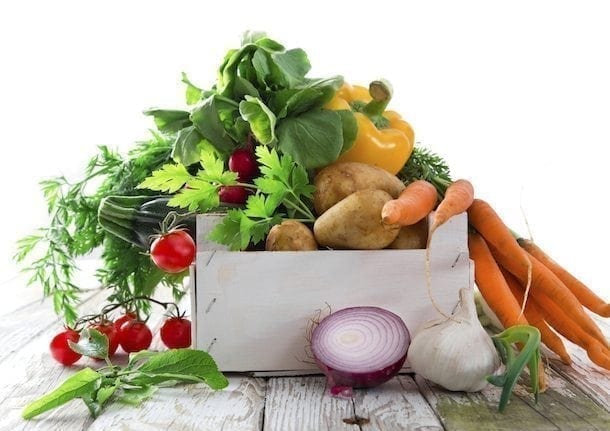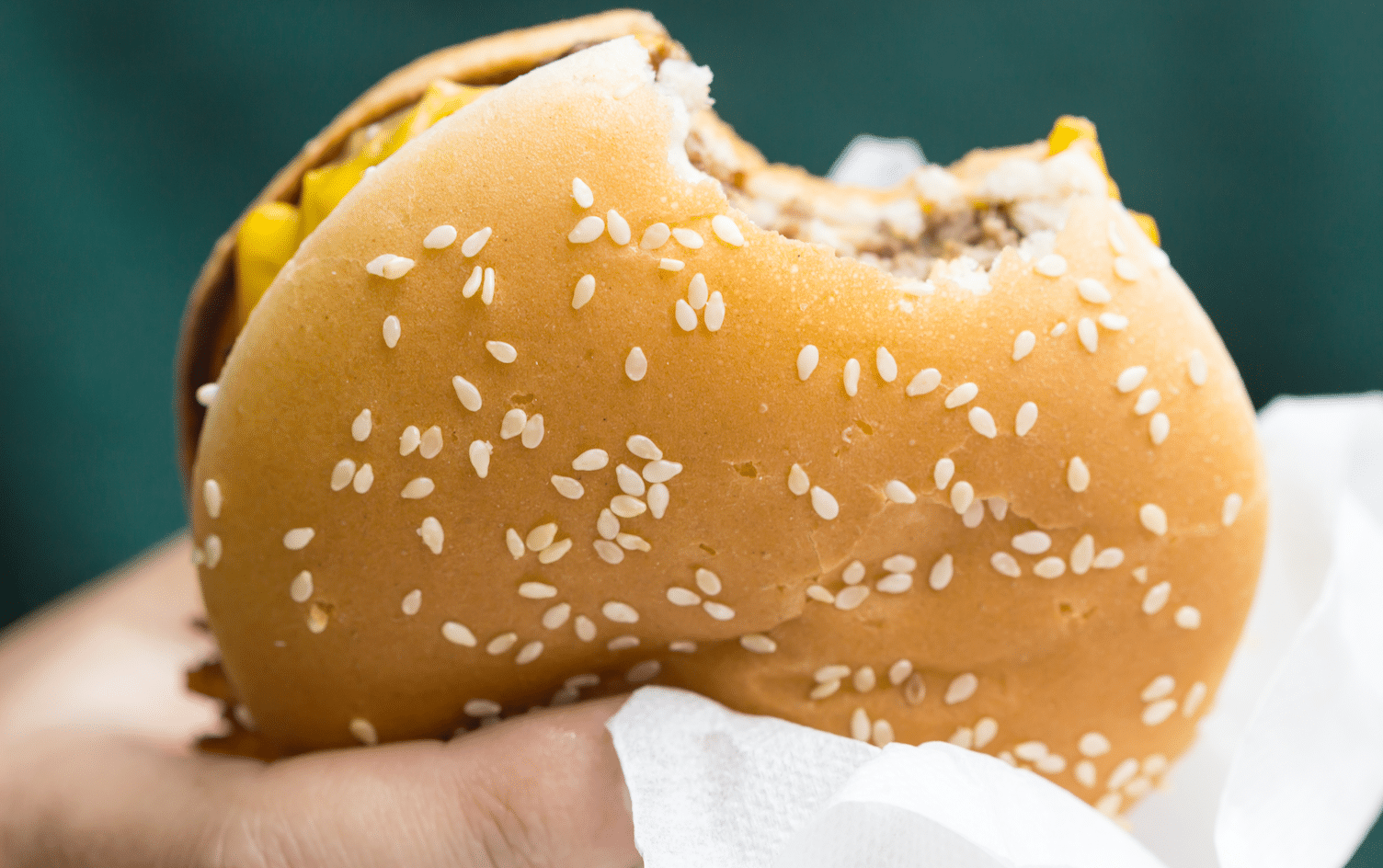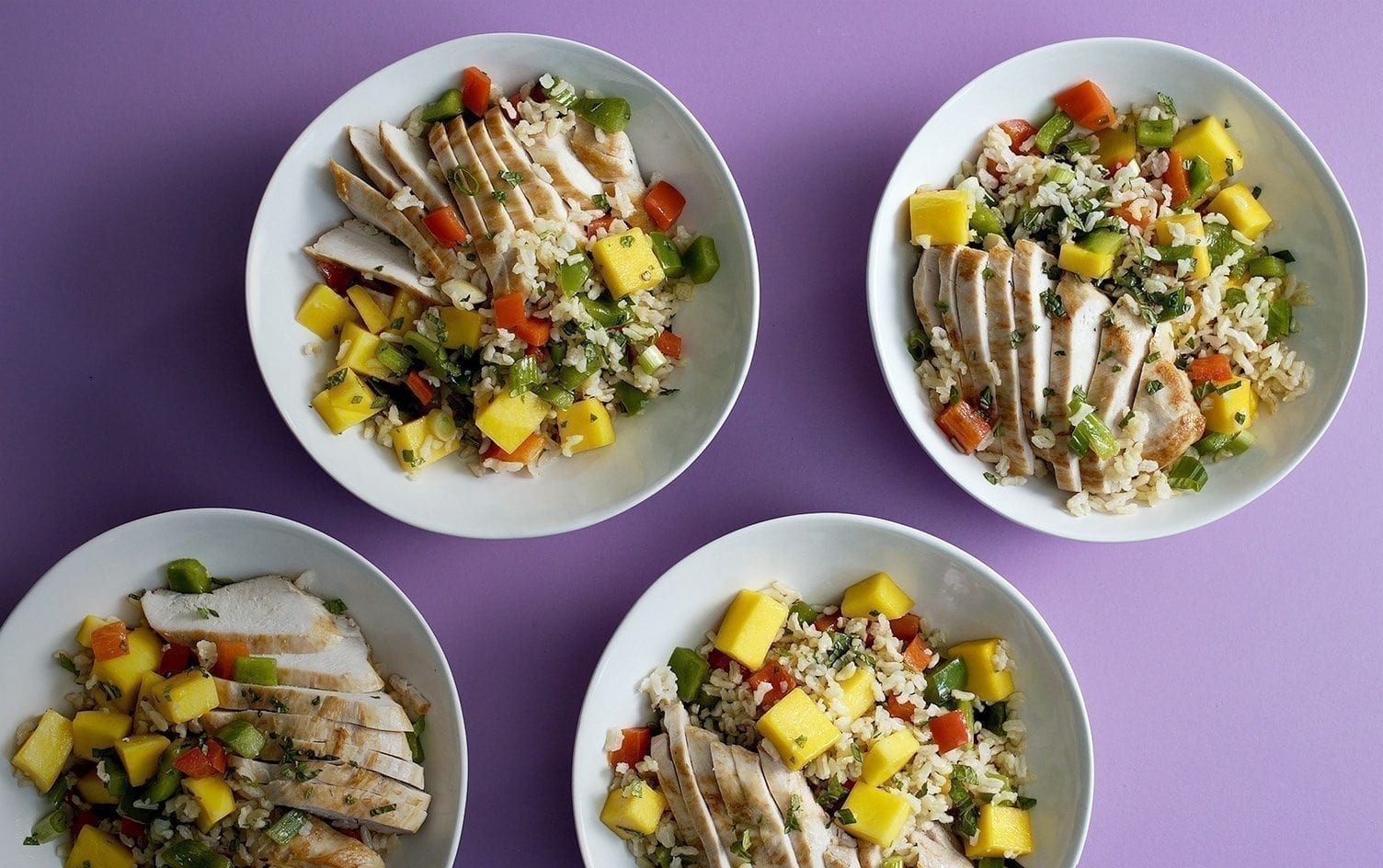A recent study revealed that 58 percent of Americans prefer to purchase organic foods when they have the choice, mostly due to the belief that organics are more healthful and to avoid exposing them and their families to pesticides and chemicals.
There’s data on both sides of the issue, with no definitive answer out there as to whether or not organic foods are more nutritious or healthful. But if you and your family want to eat organic anyway, here are a few tips – and a video that goes into much greater detail on what you need to know!

1. Get label literate. If you have decided to eat organic, make sure you know what that means and what you’re buying. The USDA has strict guidelines for which products can bear an organic label. In the video, I sketch out the guidelines for organic produce, meats and processed foods, as well as letting you know why you should beware of “natural” labels.
2. Frequent your farmer’s market. One study showed that organic items bought at farmer’s markets were about 40% cheaper than the same items purchased at supermarkets! In the video, I share a few other reasons farmer’s markets should make it to the top of your weekend family errand list.
3. Know when going organic matters the most. I cover some basic rules of thumb for this in the video, but also wanted to share this: the Environmental Working Group’s lists of the fruits and vegetables with the highest (“The Dirty Dozen”) and lowest (“The Clean Fifteen”) pesticide loads, after being washed.
The Environmental Working Group’s Dirty Dozen Plus:
- Apples
- Celery
- Cherry Tomatoes
- Cucumber
- Grapes
- Hot Peppers
- Nectarines (imported)
- Peaches
- Potatoes
- Spinach
- Strawberries
- Sweet Bell Peppers
- Kale, Collard Greens, Etc.
- Summer Squash
The Environmental Working Group’s Clean Fifteen:
- Asparagus
- Avocados
- Cabbage
- Cantaloupe
- Sweet Corn
- Eggplant
- Grapefruit
- Kiwi
- Mangoes
- Mushrooms
- Onions
- Papayas
- Pineapple
- Sweet Peas (frozen)
- Sweet Potatoes
Do you eat organic? Why or why not? Any tips or tricks you’d like to share?




